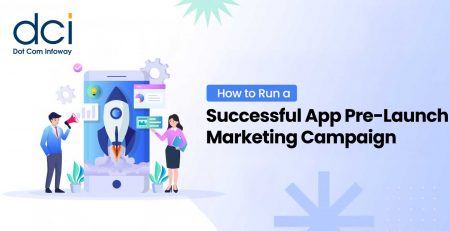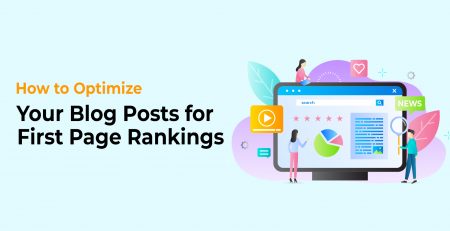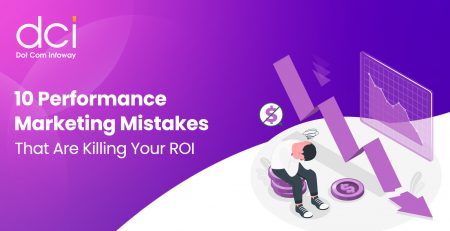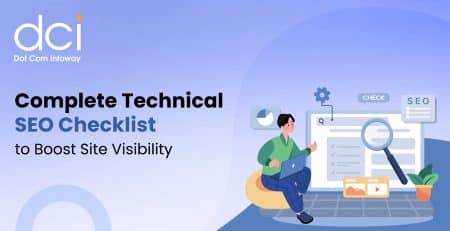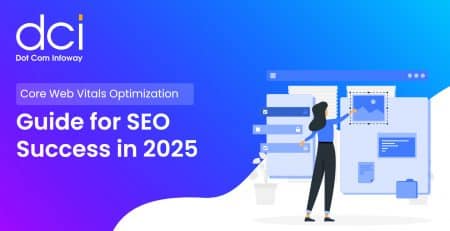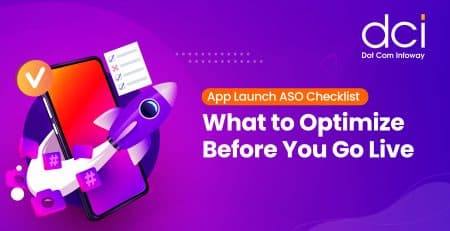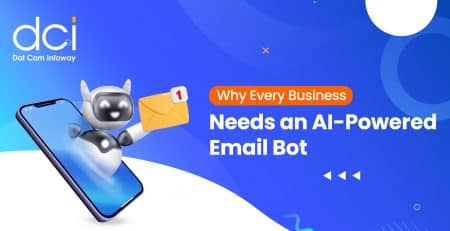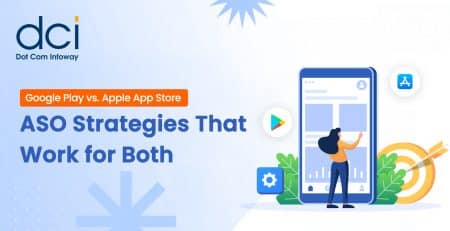How to Run a Successful App Pre-Launch Marketing Campaign
Launching an app without a strategy is like throwing a party without invitations—no one shows up. Every successful app journey starts before the app hits the store. If you’re gearing up for an app launch, the pre-launch phase is where the real magic begins. In this guide, we’ll walk through how to run a successful app pre-launch marketing campaign, ensuring your launch day isn’t just a whisper but a full-blown buzz across your market.
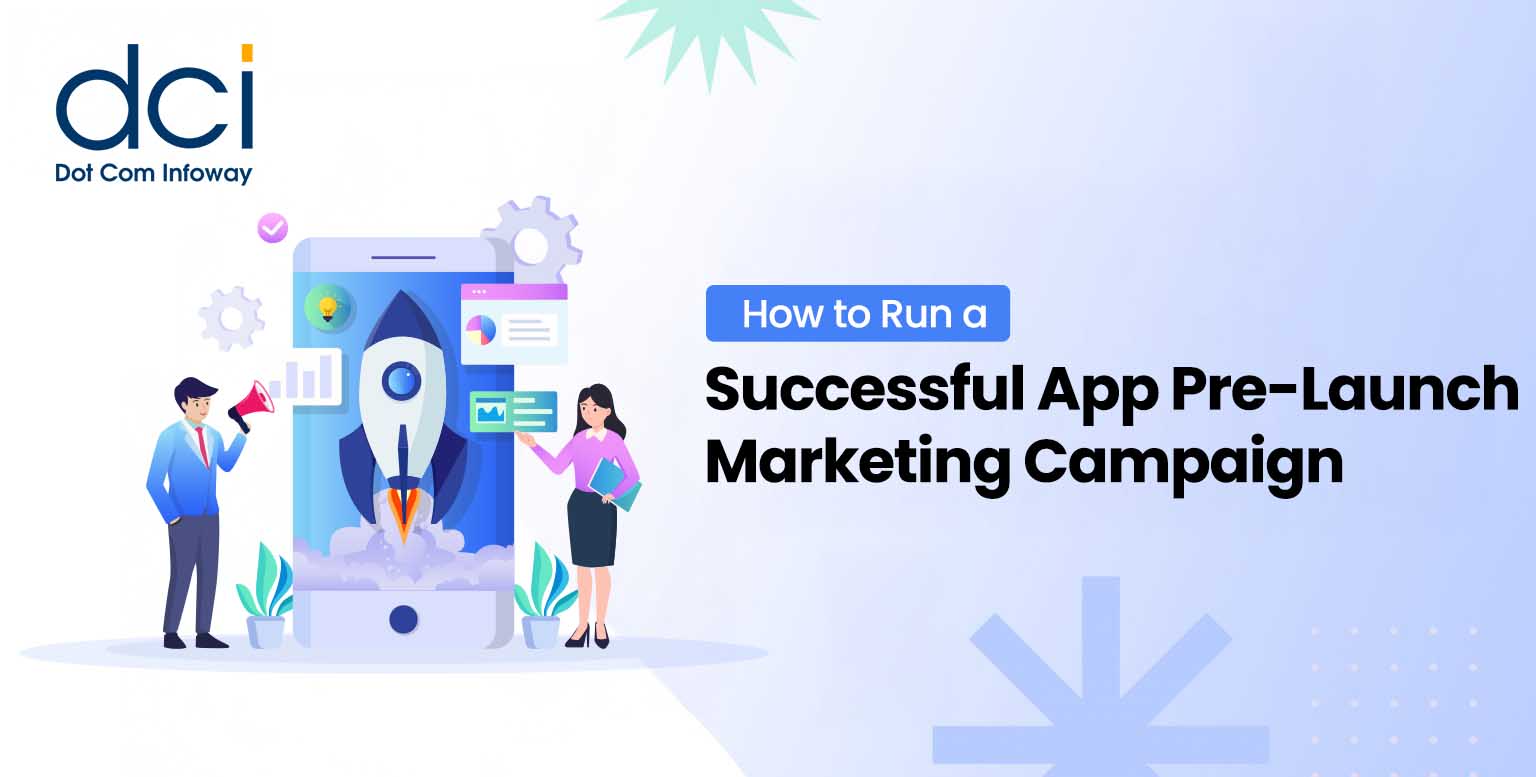
Understanding the Value of App Pre-Launch Marketing Campaigns
Building momentum before your app launch isn’t just a trendy move it’s a strategic imperative. Before even one line of code is shipped, your brand should be top of mind within your niche. A pre-launch campaign builds that presence. It offers a prime window to refine your message, test your positioning, and create emotional anticipation among your ideal users.
When you’re thinking of how to run a successful app pre-launch marketing campaign, keep this in mind: apps that start strong tend to maintain better app store rankings, generate organic installs, and convert users faster. It’s a chance to build trust, which leads to adoption. And in a hyper-competitive app economy, trust is the new currency.
Defining Your App’s Core Value Proposition
You can’t sell what you can’t explain. Defining your value proposition clearly is the heart of your campaign. What does your app do differently? Who is it for? Why should anyone care? Your messaging should be short, snappy, and solution-focused. Think elevator pitch with personality.
Getting this right early ensures consistency across all your marketing efforts from landing pages and ad copy to email campaigns and PR outreach. When potential users hear the same, resonant message from every touchpoint, they remember it. That’s brand recognition 101.
Identifying Your Ideal Target Audience
Before crafting a single social media post or ad, you need to know who you’re talking to. Define your target users not just demographically but psychographically. What frustrates them? What do they wish existed? Your app should meet that need or desire.
Start by creating detailed user personas. Then test your assumptions by engaging with communities where your potential users hang out Reddit threads, Facebook groups, or even TikTok hashtags. This is foundational to running a successful app pre-launch marketing campaign that doesn’t miss the mark.
Building a High-Converting Pre-Launch Landing Page
Your app might not be in stores yet, but it should already have a digital home. A clean, compelling landing page acts as your virtual storefront, encouraging visitors to sign up for updates, join a waitlist, or become beta testers. Make the call to action irresistible. Include app teasers, explainer videos, testimonials (if available), and FAQs. Integrate email capture forms that connect directly with your CRM. Every email you collect here is a future user or better, a brand evangelist.
Creating a Teaser Video That Sparks Curiosity
Visual content drives emotional engagement, and video reigns supreme. A 30–60-second teaser that showcases your app’s unique features can leave a lasting impression. Use storytelling to paint a picture of how your app transforms a frustrating task into a delightful experience.
You don’t need a Hollywood budget. Even a clean, animated explainer or user walkthrough can do wonders. Make sure it ends with a clear CTA directing viewers to your landing page or waitlist.
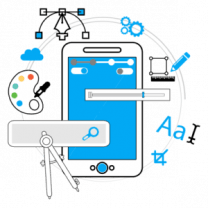
Ready to boost your website’s rankings and online visibility?
Discover how our expert SEO services can resolve ranking issues, drive traffic, and elevate your website’s performance to the next level!
Building a Pre-Launch Email List
While social media is noisy and unpredictable, email remains a direct line to your future users. Start with your website opt-ins, but expand your list by offering lead magnets maybe early access, exclusive features, or discounts.
Nurture your list. Don’t just collect emails. Send value-packed updates, behind-the-scenes content, and countdown sequences. Show them progress. Build a relationship. When you launch, they’ll feel like insiders, not spectators.
Implementing a Beta Testing Program
Beta testing does more than squash bugs. It creates engagement, earns loyalty, and generates social proof. Start small with early adopters who genuinely fit your user persona. Gather feedback on usability, UX flow, performance, and feature set.
Reward your testers. Feature them in your community. Thank them personally. If they feel appreciated, they’ll spread the word organically. And guess what? Word-of-mouth is still the most powerful form of marketing—especially in tech circles.
Executing Influencer and Micro-Influencer Outreach
Don’t wait until launch to connect with influencers. During pre-launch, they can preview your app, test it, and start talking about it to their audiences. Focus on micro-influencers in your niche. Their smaller, engaged communities trust them more than mega-celebs.
Provide early access, personalized outreach, and clear talking points. Authenticity matters here. When influencers believe in your product, their followers will, too.
Crafting Engaging Pre-Launch Social Media Content
Use social to document your journey. Share sneak peeks, dev milestones, and user stories. Platforms like Twitter, Instagram, LinkedIn, and TikTok offer different formats, so tailor content accordingly.
Behind-the-scenes reels, user testimonials, countdown graphics, and AMA (Ask Me Anything) sessions build buzz. Don’t forget to engage respond to every comment, thank your supporters, and build your tribe one follower at a time.
Developing a PR Strategy and Press Kit
Want to get noticed by tech blogs or startup magazines? Make it easy for them. Craft a compelling press release, include app visuals, bios, and a clear one-pager with feature highlights and use cases. Start by reaching out to smaller publications. Build momentum. Every feature boosts credibility, increases backlinks, and drives curious traffic to your site.
Leveraging Product Hunt and Startup Platforms
If your app serves a tech-savvy audience, Product Hunt is your best friend. Prepare a strong launch day strategy optimize your title, engage your community, and have your team on standby to reply to comments. Don’t limit yourself. Use platforms like BetaList, IndieHackers, and Hacker News to find early adopters hungry for innovation.
Building Relationships with Online Communities
Communities are where your first superfans are hiding. Platforms like Reddit, Discord, Indie Hackers, and even niche Facebook Groups are goldmines of potential users if you engage with authenticity. Don’t spam. Instead, join conversations, offer advice, and subtly introduce your app where relevant.
People love being early adopters especially when they feel like they discovered something ahead of the curve. Your job is to make them feel that way. These communities can fuel organic growth and early feedback if approached with care.
Optimizing for App Store SEO (ASO) Before the Launch
Yes, even your app store listing needs love before you go live. Optimize your title, subtitle, description, and tags with researched keywords. Add screenshots, videos, and clear messaging that matches what you’ve shared during your campaign.
App Store Optimization (ASO) ensures visibility from the moment your app is listed. The algorithm looks at install velocity and user reviews so if you’ve nurtured a pre-launch list, that initial burst can seriously boost rankings.
Setting Up Retargeting Campaigns
Some visitors will check out your site and leave. That’s okay unless you don’t bring them back. Retargeting through Facebook Pixel, Google Ads, or even email marketing can remind them what they’re missing.
Retargeting is cost-effective, personalized, and high-converting. Keep your visuals consistent with your pre-launch campaign to jog their memory. Sometimes, all a user needs is a second nudge.
Collaborating with Strategic Partners
Find startups or brands that share your audience but aren’t direct competitors. These partners can promote your app in exchange for co-marketing exposure, backlinks, or bundled offers. For example, launching a finance tracking app? Partner with a budgeting newsletter. Building a fitness tracker? Collaborate with a supplement brand or fitness coach. Cross-promotions expand reach with credibility.
Monitoring Campaign Metrics and KPIs
Even in pre-launch, data is your compass. Track landing page conversion rates, email open rates, engagement rates on social, and traffic sources. Tools like Google Analytics, Hotjar, and Mailchimp can provide valuable insights. Use this data to optimize your messaging, redesign underperforming pages, and focus on what’s driving sign-ups. A data-driven campaign saves time and boosts ROI no guessing required.
Planning Launch Day Logistics
Don’t wing your launch day. Create a detailed checklist: schedule email blasts, social posts, influencer content, and PR outreach. Ensure your servers are ready for the traffic spike, and your support team is prepped to handle inquiries. It should feel like a celebration because it is! Launch day is the reward for months of hard work, so treat it like a digital party.
Post-Launch Support Strategy
Once the app is out, the journey isn’t over it’s just evolving. Offer onboarding guides, customer support channels, and update users on upcoming features. Turn your early adopters into power users.
A smooth transition from pre-launch to post-launch builds retention and paves the way for positive reviews. And as we all know, reviews are rocket fuel for app growth.
Conclusion
Launching an app without a pre-launch strategy is like opening a store with the lights off. But when you run a successful app pre-launch marketing campaign, you flip the switch and let your product shine. From defining your value proposition and growing your email list, to leveraging influencers and community every tactic plays a role in building momentum.
By embracing this holistic approach, you don’t just launch an app you launch a movement. So go ahead, spark that interest, stir that buzz, and when your app finally lands, the world will already be waiting.

